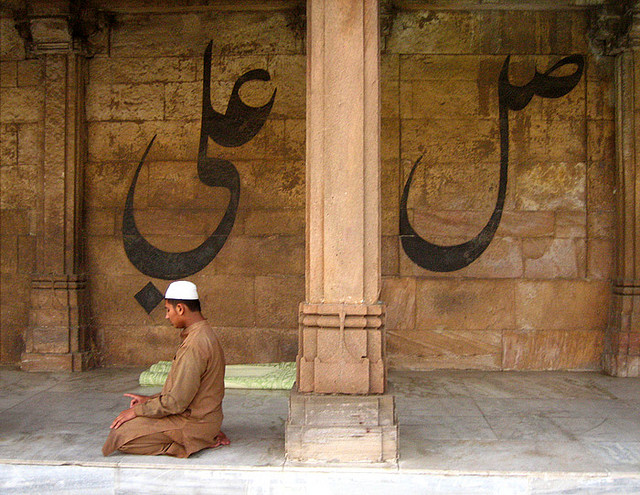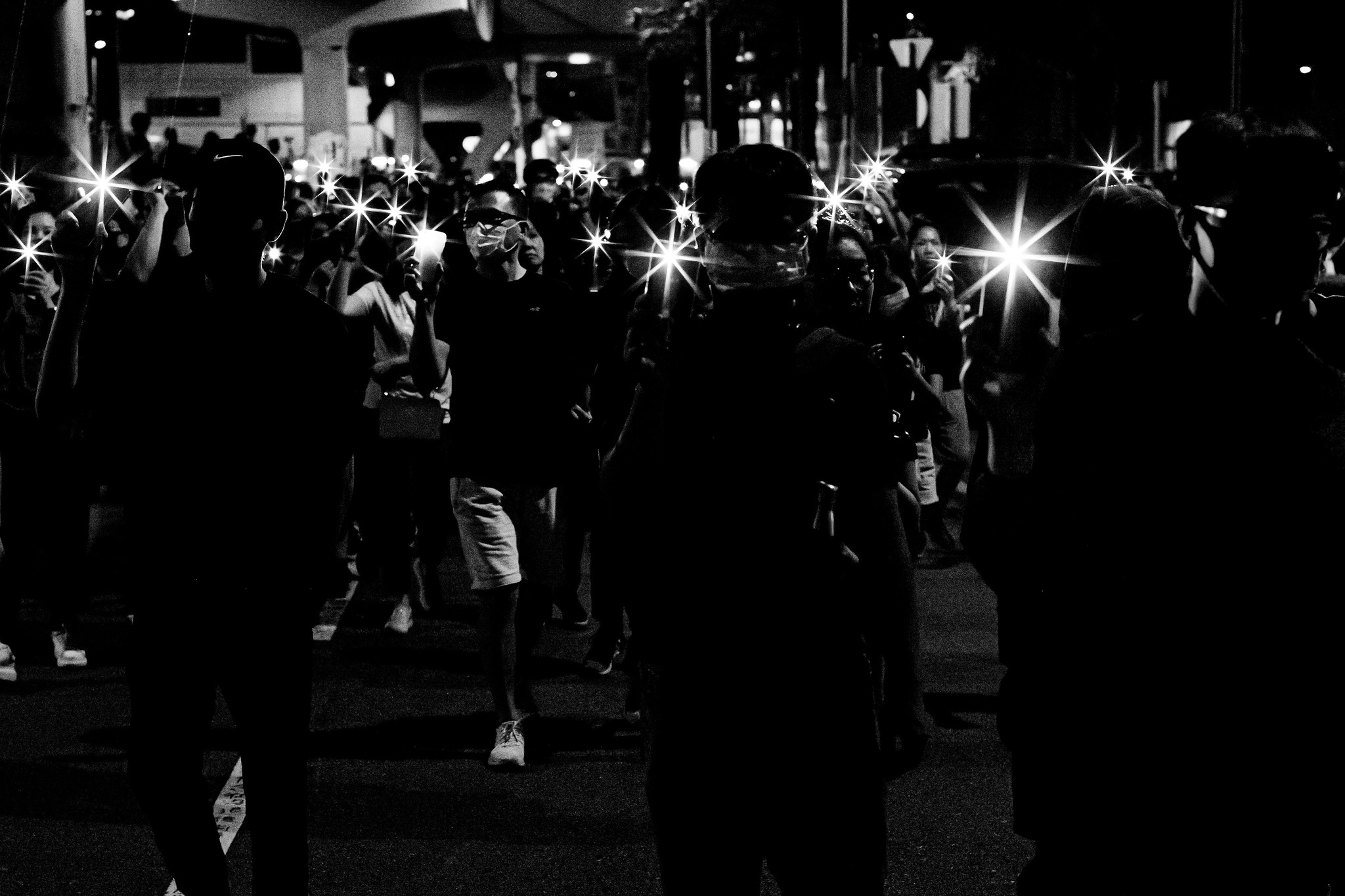There is obviously no single definition of masculinity in Islam, due to the diversity of cultures and contexts in which the religion is practiced and interpreted. It remains nebulous which precise aspects of the Muslim world’s image of masculinity come from Islam and which are rooted in culture. What counts is what constructions of the Muslim male people perceive to be Islamic.
At the start of the twenty-first century, being a Muslim man has become an increasingly ambiguous category. The notion of ‘traditional’ Muslim masculinity has been juxtaposed with liberal interpretations of what it means to be a man. As Muslim men, we want freedom of expression and liberty for our women, but both might end where the honor of our families and the integrity of our faith begin. We have not yet found a comfortable middle ground between the real world pressures of modern day societies and the need to assert a form of cultural authenticity(ies). Competition, not just between different images of the masculine, but also between men themselves seems to lie at the heart of Muslim masculinity today.
There is obviously no single definition of masculinity in Islam, due to the diversity of cultures and contexts in which the religion is practiced and interpreted. It remains nebulous which precise aspects of the Muslim world’s image of masculinity come from Islam and which are rooted in culture. What counts is what constructions of the Muslim male people perceive to be Islamic. Masculinity, as femininity, is a social construct, a gender category. As such, it is a role ascribed with a set of values in a given social and cultural context. Which particular values we attribute to this category may vary, not only from society to society, but also from person to person. However, like with other forms of identity markers, such as ethnicity for example, in order to belong, one has to self-ascribe and be ascribed an identity. It is not sufficient to define oneself as a man, if others don’t recognize this manhood. This, then, presupposes that there is a shared concept of what it means to be a ‘man’, and ‘woman’ for that matter, between the individual and group.
The makeup of the group also plays in role in the collective constructions of masculinity. In other words, masculinity depends on what other identity markers – such as religion, ethnicity, age, belonging to a certain sub-culture- are being evoked in relationship to masculinity. Being a man might for example mean something different in a Black-American community in Detroit, than an Arab, Muslim community in Baghdad. To further confound the issue, these conceptions normally change throughout time.
Muslim masculinity: Virility
Surely the ultimate source of what masculinity means to Muslims, has to be the Prophet Muhammad (pbuh) himself. As his life is transmitted to us through the Hadith, which was written after the Prophet’s death, constructions of his masculinity are deeply entrenched in Arab understandings of the masculine in the 7th century Hijaz. Trad Godsey noted that notions of masculinity in the Qur’an and Sunnah should be understood in relationship to the term muruwwah: a Bedouin virtue that roughly translates to ‘manliness.’ Muruwwah combines moral notions of integrity, fidelity, honor and chastity.
Lahoucine Ouzgane, editor of a book on Islamic masculinity, suggested that virility emerges as the very essence of masculinity in the novels and stories of some of the Arab region’s most imminent writers, both male and female. The virility of the Prophet as an attribute of his manhood has also been discussed by Ruth Roded, who notes that eight traditions of the Hadith highlight the superior sexual performance of the Prophet. This concern with virility and fertility as markers for manhood can be also seen in the common Muslim practice of measuring men by their number of male offspring.
The emphasis on a male’s virility is born, in part, by the Muslim world’s understanding of a female’s sexuality. Fatima Mernissi, famously describes in her book “Beyond the Veil” that western sexism is based on a belief that women are biologically inferior. Meanwhile, the subjugation of women in the Muslim world stems from the idea that women are incredibly powerful and dangerous and that all sexual institutions (polygamy, sexual repudiation, sexual segregation etc.) serve as strategies to contain their power.
Mai Ghoussoub who associated female sexuality with the Islamic notion of fitna took this argument a step further in her analyses of popular historical Muslim texts on sexuality. Classics like Sheikh Muhammad Nefzawi’s “The Perfumed Garden” describes women as: “never sated nor tired of copulating… Their thirst for intercourse is never quenched.” Ahmed Bin Selman confirms this notion when he writes: “women’s sexual appetite is many times superior to that of man.” These texts made it seem impossible for men to meet their sexual demands.
This notion of the all-powerful, sexually insatiable female then feeds, in at least two ways, into constructions of masculinity. Firstly, the man who can sexually satisfy not one, but many women is seen as powerful, one possible reason for the emphasis on male virility. Secondly, it results in containment of female sexuality by man and the eternal fear of losing this battle to other men. This is an interesting societal conundrum. Men must sleep with one set of women, the sisters and daughters of another man, and protect another set of women, their own sisters and daughters, from men who want to sleep with them. The bedding of one group of women and the protection of another both contribute to their masculinity.
Muslim masculinity: Homosexuality
At this point one would come to the conclusion that male virility, and thereby masculinity, hinges on female sexuality. However, as Ouzgane suggests, Muslim masculinity rests firmly in the exchanges and experiences between Muslim men—specifically the fear of emasculation by other men. Projecting homosexuality onto the other man is one such way of emasculating him and, in the process, strengthening one’s status as the virile, dominant male. Looking at sodomy and homosexuality in a Muslim context from this perspective firmly situates homophobia in a context of fear of emasculation. Frederic Lagrange writes that sexual intercourse, no matter if heterosexual or homosexual, does not take place between equals and necessarily involves the exercise of power. By that logic if a man is attracted to another man of the same status, this can only mean a desire to subjugate within the hierarchies of man. What particularly illustrates this relationship well is the fact that in many Muslim countries the active homosexual is perceived as far less ‘deviant’ than the passive receiver.
Once can even see this fear of loss of status within the male hierarchy play out on a political level. The image of the masculine is equated with that of the territory, invasion becomes penetration and results thus not only in personal shame but loss of masculine status.
Hazim Saghieh noted, in relationship to Saddam Hussein, “Saddam’s machismo can be seen most glaringly in his attempt to penetrate neighboring countries: Iran and Kuwait. By the same token the last war changed Iraq (and Saddam) into a totally feminine (submissive) entity in confrontation with the totally male (dominant) who tortured her and brought her suffering.”
If political subjugation affects constructions of masculinity, how is the image of the dominant, virile man sustained, given the fact that the Arab region has lost many major encounters with a foreign power over the past 100 years?
One way to recapture one’s masculinity would be to find others to subjugate. And when scanning the historical terrain of lost battles, subjugation by foreign powers seemed to have gone hand in hand with an infringement on women’s rights and those of less powerful men. However, this is far from a scientific observation.
The pervading notions of what it means to be a Muslim man, rather then expressing honor, fearlessness and bravery seem to express the insecurity and ambiguity of this category today and the fears associated with it. Sexually insatiable women, performance angst, sodomy, foreign domination, impotence, subjugation all reveal our obsessions with power, the dominant and submissive, and remind us that we find ourselves to often in the latter position.
This article was written by Anwar Darwish and was first published on AltMuslimah on September 28, 2009.
Photo Credit.




